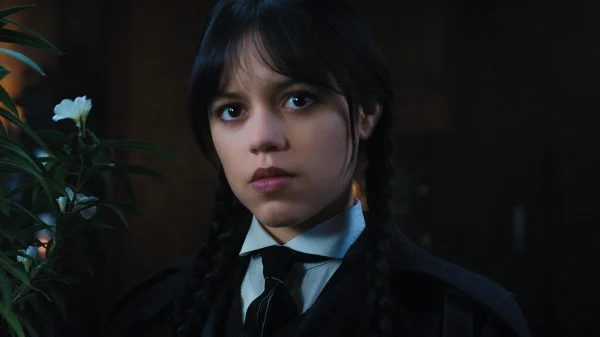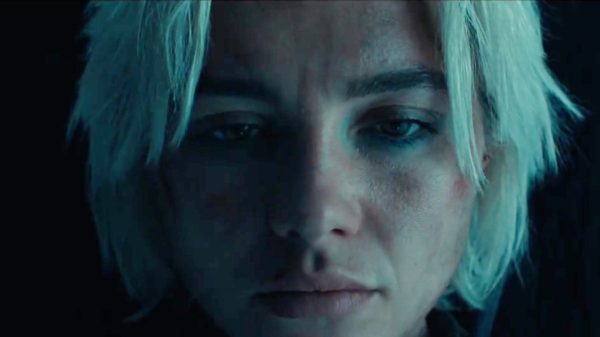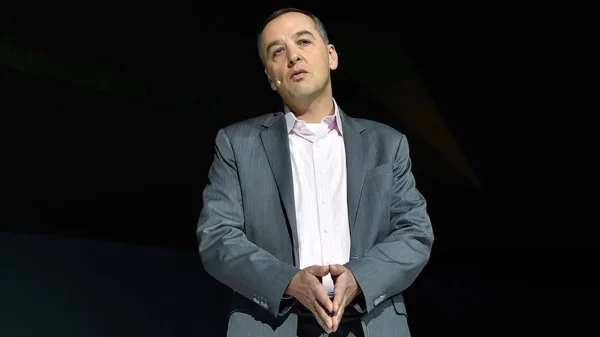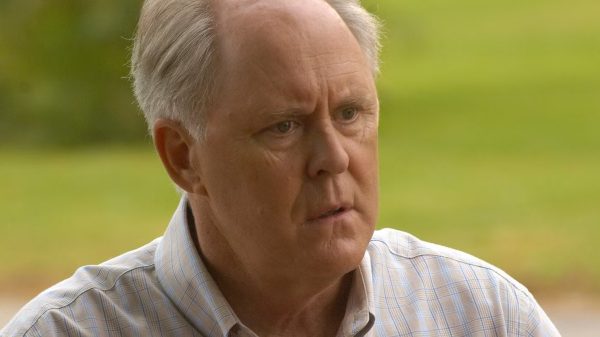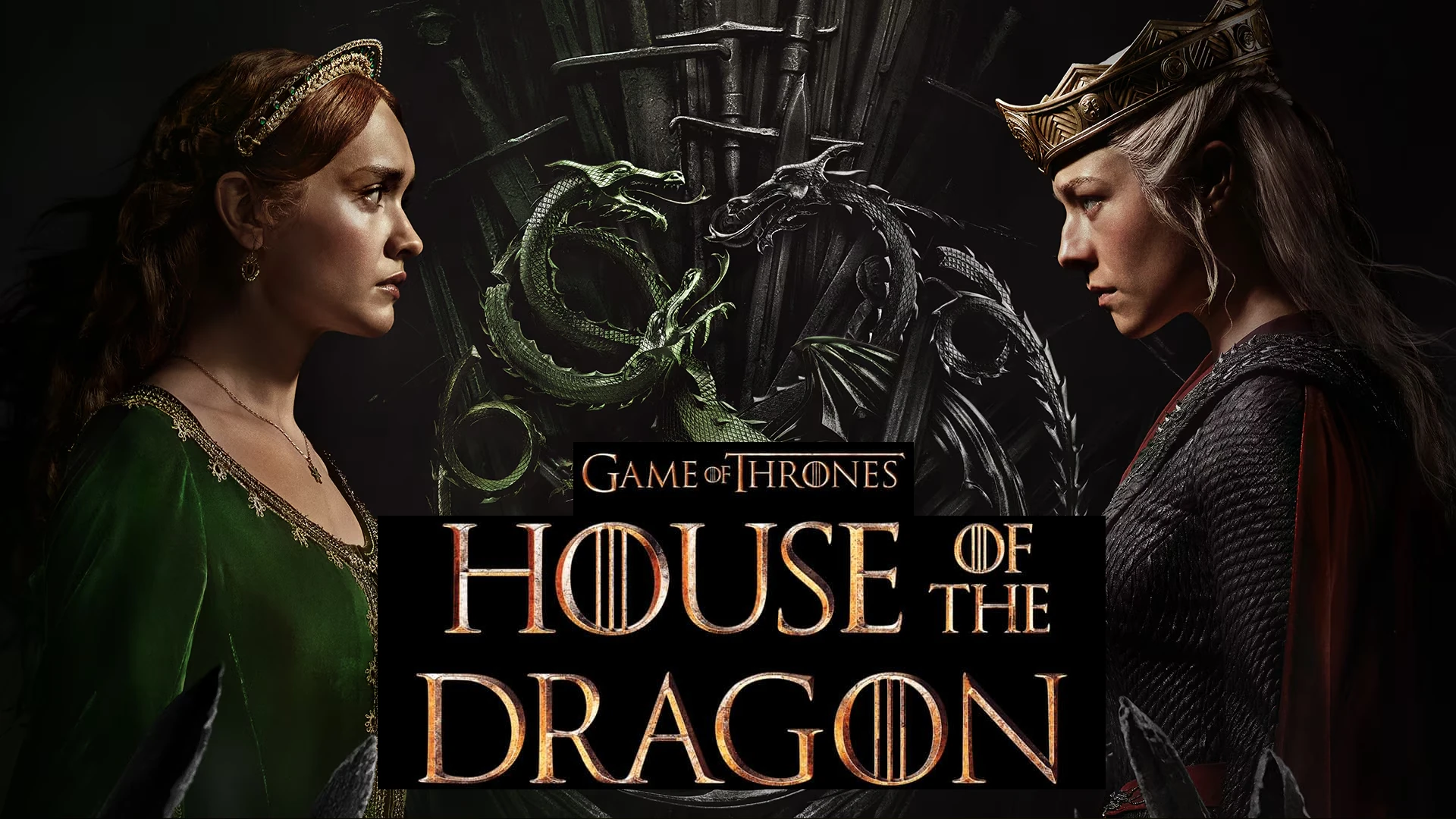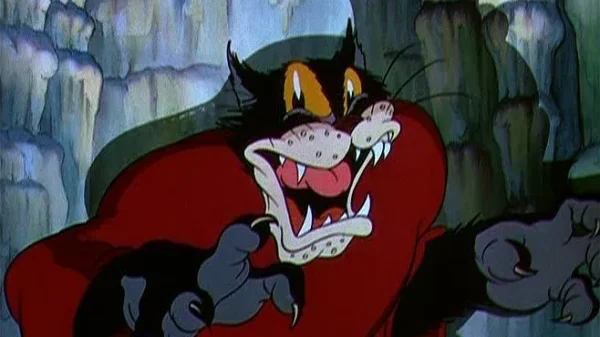During its inaugural season, “House of the Dragon” faced a unique set of challenges, emerging in the shadow of the much-loved but divisive “Game of Thrones” finale. The series had to manage high expectations while unfolding a complex narrative that spanned two decades. This extensive timeline necessitated multiple castings for characters like Rhaenyra and Alicent, who, along with their children, aged significantly throughout the season.
The casting choices, particularly Milly Alcock and Emily Carey as young Rhaenyra and Alicent, respectively, were praised for their ability to set a strong foundation. Their performances contrasted well with Emma D’Arcy and Olivia Cooke, who portrayed the older versions of these characters. The season’s structure, culminating in the final three episodes that spanned just a few days, highlighted the escalating tensions and laid the groundwork for future conflicts.
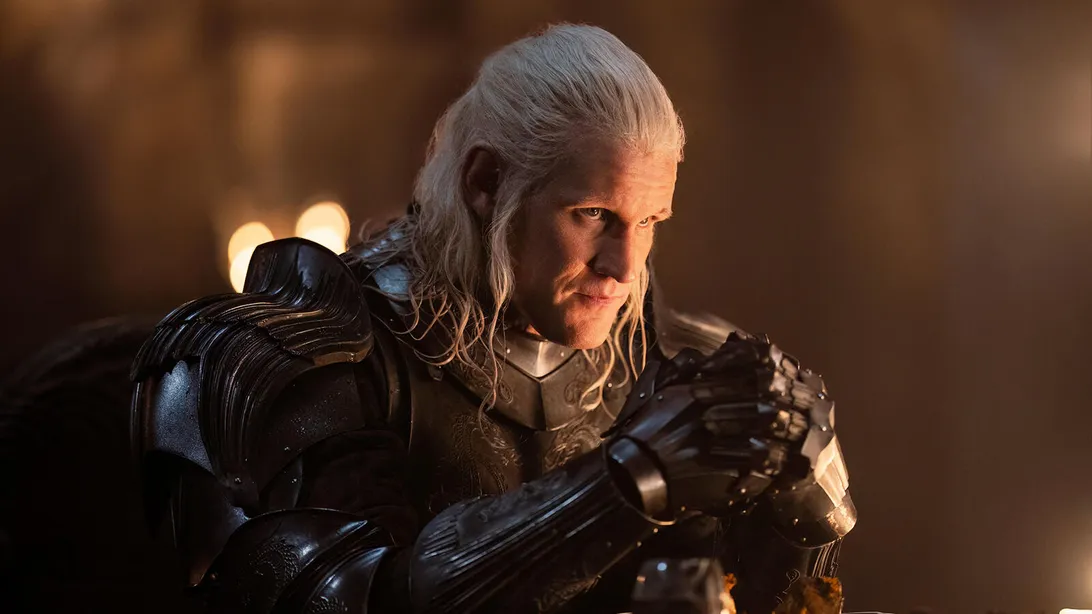
Daemon from House of the Dragon Season 2
“House of the Dragon” is based on George R.R. Martin’s “Fire and Blood,” a somewhat subjective historical account within the “Game of Thrones” universe. The series, therefore, has the flexibility to dramatize events while maintaining a consistent narrative foundation. The first season covered a span of twenty years, marked by significant time jumps, including a notable ten-year leap mid-season. These jumps were carefully executed to ensure the story’s continuity and depth.
The rapid pace of “House of the Dragon,” a common criticism of “Game of Thrones” in its later seasons, was handled adeptly here. When confined to a single episode, events like the raids by the Crabfeeder felt natural due to their low stakes. The series excelled in depicting the slow build-up of political tensions and the overarching question of succession, with each episode contributing to the mounting conflict.
Key moments, such as the death of Aemma in the premiere and Rhaenyra’s wedding in Episode 5, underscored the series’ focus on political maneuvering and the gradual unraveling of the Targaryen dynasty. The portrayal of these events was deliberate, eschewing frequent action scenes for a more nuanced exploration of political dynamics.
The second half of the season saw the transition of characters like Rhaenyra and Alicent to their older counterparts, solidifying their evolved roles and further intensifying their rivalry. The children of these characters, portrayed by different actors due to the time jumps, continued to develop and contribute to the escalating tensions.
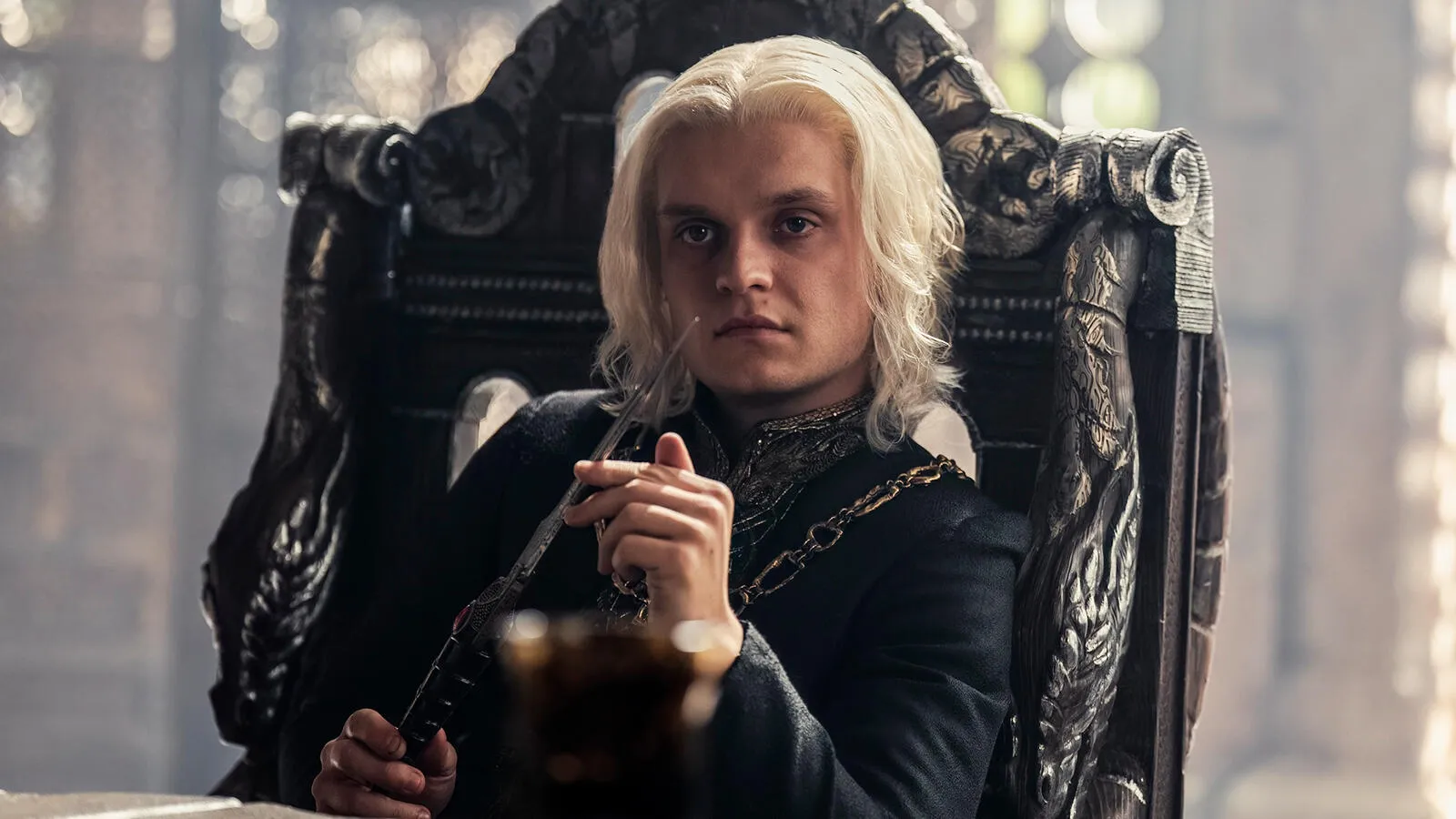
Aegon from House of the Dragon Season 2
The final three episodes marked a shift in the series’ tone and pace. Paddy Considine’s departure as King Viserys Targaryen set the stage for the imminent civil war, known as the Dance of the Dragons. The last three episodes, which took place over a few days, focused on the immediate reactions of the Greens and the Blacks to Viserys’ death and the ensuing power struggle. The season concluded with the dramatic death of Lucerys, solidifying the conflict that will drive future episodes.
While some may view the first season as merely a prelude to the main events, it effectively established the emotional stakes and character dynamics essential for the forthcoming civil war. The meticulous casting and character development over the season created a rich narrative foundation that promises a compelling continuation in subsequent seasons.
“House of the Dragon” Season 1 is available for streaming on Max in the U.S., setting the stage for an eagerly anticipated second season in June 2024.

